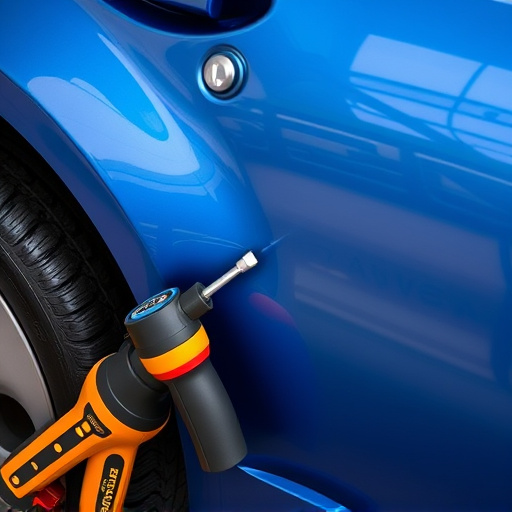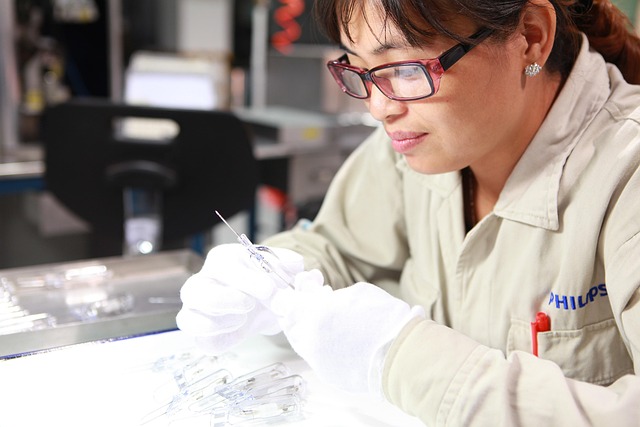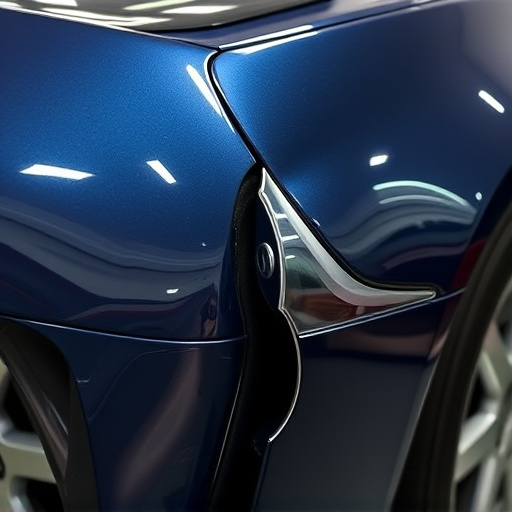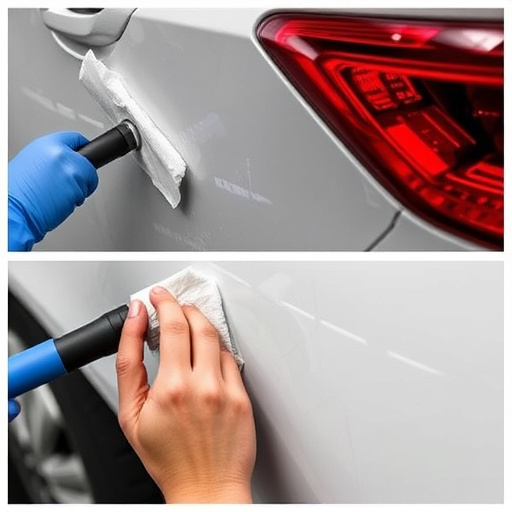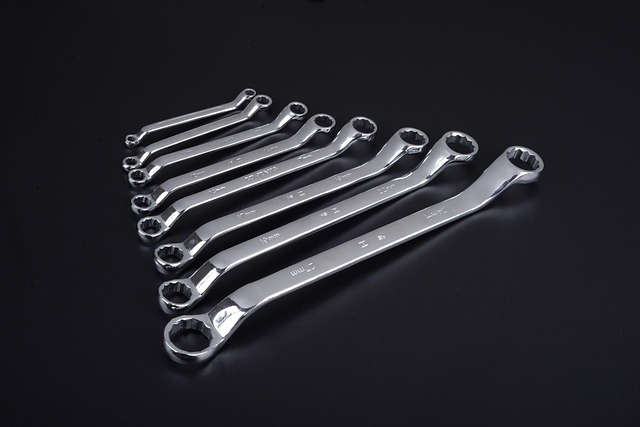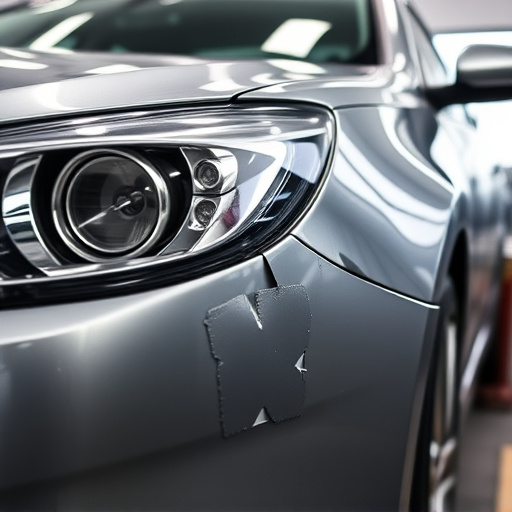After a car accident, thorough suspension repair is crucial for safety and vehicle performance. Inspect components like coils, springs, shocks, and struts for damage, misalignment, or cracks. Use specialized tools to measure and adjust parts, ensuring proper alignment and tire wear. Replace damaged parts and visit a reputable shop for accurate diagnosis and high-quality repairs to restore vehicle stability and safety on the road.
After a car accident, proper suspension repair is crucial for safety and vehicle stability. This comprehensive guide delves into the intricacies of suspension systems, helping you assess damage post-accident. We provide a step-by-step approach to repairing various suspension components, ensuring your vehicle’s structural integrity. Learn how to navigate through the process, from identifying issues to making informed decisions, to get your ride back on the road securely and efficiently.
- Understanding Suspension Systems in Vehicles
- Assessing Damage After a Car Accident
- Step-by-Step Guide to Suspension Repair
Understanding Suspension Systems in Vehicles
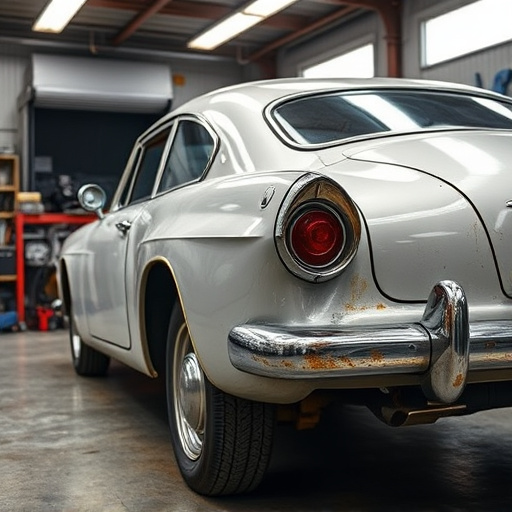
Suspension systems are a critical component of any vehicle, ensuring a smooth and controlled ride. Comprising various parts like coils, springs, shock absorbers, and struts, these systems connect the wheels to the car’s chassis, enabling it to navigate over uneven surfaces. When a car is involved in an accident, the suspension can suffer significant damage, impacting both its structural integrity and safety. This makes understanding the intricacies of suspension repair after an automotive collision repair paramount. Recognizing signs like uneven tire wear, reduced ride height, or handling issues requires prompt attention to restore the vehicle’s stability and ensure safe operation on the road again, often through techniques such as paintless dent repair for lighter cosmetic damages.
Assessing Damage After a Car Accident

After a car accident, the first step in any repair process is a thorough assessment of the damage. When it comes to suspension repair after an accident, this becomes even more critical as it involves complex systems that ensure your vehicle’s stability and safety. Inspecting the underbody, wheels, and tires for signs of impact can give you initial clues about the extent of the damage. Look out for any misalignments, dents, or cracked components, especially in the frame, struts, control arms, and shock absorbers – these are common areas affected during a collision.
Remember that even if your vehicle appears to be driveable, it’s essential to have a professional assess the suspension repair needs after an accident. They will employ specialized tools and knowledge to detect any hidden damage, ensuring nothing is overlooked. This step is vital not only for safety but also for preventing future issues as well as effective car dent removal and other necessary repairs like auto glass replacement or automotive body work.
Step-by-Step Guide to Suspension Repair
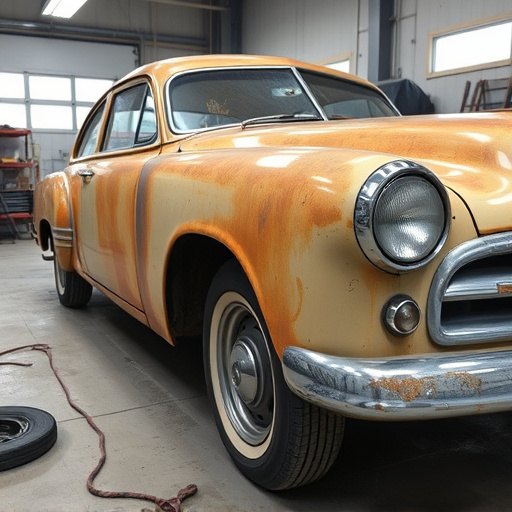
After a car accident, assessing and repairing your vehicle’s suspension system is crucial for both safety and performance. Here’s a step-by-step guide to help you navigate the process of suspension repair after an accident. First, inspect all components visually, looking for any signs of damage or misalignment. Check for broken or bent parts, such as control arms, ball joints, struts, and shock absorbers. Even subtle changes can affect your vehicle’s handling and stability.
Next, use specialized tools to measure and adjust the suspension components. This may include using a wheel aligner to ensure proper tire alignment and a gauge to check for strut and spring compression. If any parts are beyond repair or significantly damaged, replacement is necessary. Visit a reputable car repair shop where technicians can accurately diagnose issues and perform high-quality repairs. Remember, proper suspension repair not only ensures your vehicle’s safety but also facilitates the eventual vehicle restoration process, making it crucial to address these issues promptly after an accident.
Suspension repair after an accident is a crucial step in ensuring your vehicle’s safety and handling. By understanding your car’s suspension system, assessing damage post-accident, and following a meticulous repair process, you can restore your vehicle to its optimal condition. This comprehensive guide provides essential knowledge for anyone considering suspension repair, helping you navigate the aftermath of a collision and make informed decisions for safe, reliable driving.



